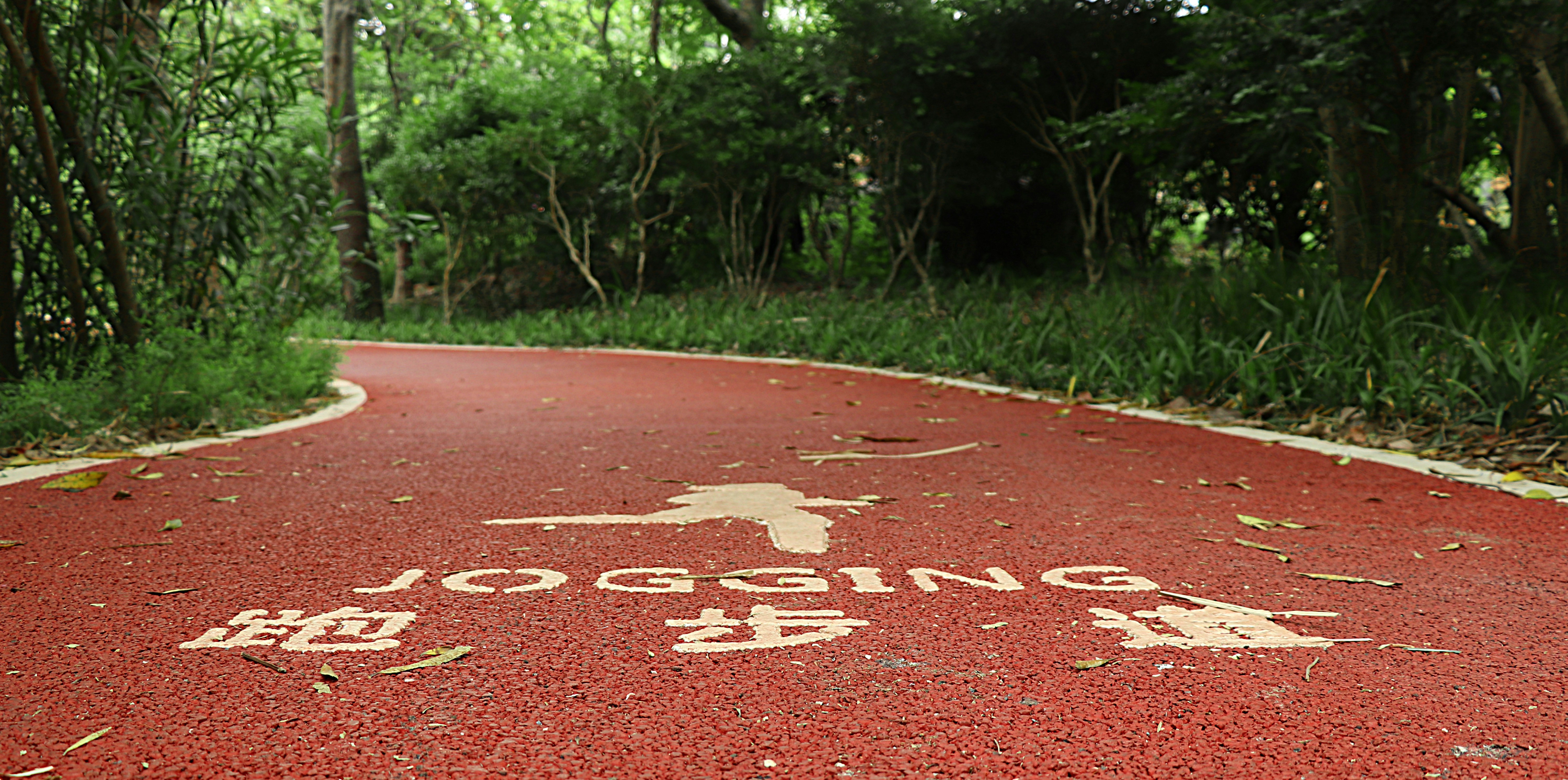For those who find it difficult to sit still for traditional meditation, walking meditation offers a dynamic alternative. It combines the benefits of physical activity with the mindful awareness of meditation, allowing you to calm your mind and connect with your body while on the move.
What is Walking Meditation?
Walking meditation is the practice of paying attention to the sensations of walking, such as the feeling of your feet on the ground, the movement of your body, and the air on your skin. It involves focusing on the present moment experience of walking, without getting caught up in thoughts or distractions. The goal isn’t to reach a destination but rather to be fully present with each step.
Walking meditation combines the benefits of both physical activity and mindfulness. Studies have shown that:
- Walking improves mood: Physical activity releases endorphins, which have mood-boosting effects.
- Mindfulness reduces stress: Mindfulness meditation helps to calm the mind and reduce the body’s stress response.
- Walking meditation enhances cognitive function: Combining physical activity with mindfulness can improve attention, memory, and other cognitive functions.
How to Practice Walking Meditation
- Find a quiet space: Choose a place where you can walk without being disturbed. This could be a park, a garden, or even a quiet room in your house.
- Stand still: Begin by standing still with your feet hip-width apart and your arms relaxed at your sides.
- Notice your body: Take a moment to notice the sensations in your body. Feel the weight of your body on your feet. Notice the rise and fall of your breath.
- Begin walking slowly: Start walking slowly and deliberately. Pay attention to the sensation of your feet lifting off the ground, moving forward, and landing again.
- Focus on your feet: Keep your attention focused on the sensations in your feet. Notice the feeling of your toes, the arch of your foot, and your heel making contact with the ground.
- Count your steps (optional): If you find it helpful, you can count your steps. For example, you might count “one” as you lift your right foot and “two” as you lift your left foot.
- Notice your breath: You can also pay attention to your breath as you walk. Notice the sensation of your breath entering and leaving your body.
- Acknowledge distractions: As you walk, thoughts and distractions will inevitably arise. Acknowledge them without judgment and gently redirect your attention back to the sensations of walking.
- Continue for 10-20 minutes: Aim to practice walking meditation for 10-20 minutes.
Tips for Effective Walking Meditation
- Walk slowly: The key to walking meditation is to walk slowly and deliberately. This will help you to focus on the sensations of walking.
- Keep your gaze soft: You can look down at the ground or keep your gaze soft and unfocused.
- Use your arms naturally: Allow your arms to swing naturally at your sides.
- Breathe naturally: Breathe naturally and don’t try to control your breath.
- Be patient: It takes time and practice to develop mindfulness. Don’t get discouraged if your mind wanders or if you experience difficult emotions.
- Practice regularly: Consistency is key to experiencing the benefits of walking meditation. Aim to practice daily, even if it’s just for a few minutes.
Benefits of Walking Meditation
The benefits of walking meditation are numerous and well-documented. Regular practice can:
- Reduce stress and anxiety: Walking meditation helps to calm the mind and reduce the body’s stress response.
- Improve mood: Physical activity releases endorphins, which have mood-boosting effects.
- Increase body awareness: Walking meditation helps you to become more aware of your physical sensations.
- Enhance cognitive function: Combining physical activity with mindfulness can improve attention, memory, and other cognitive functions.
- Improve sleep quality: Practicing walking meditation can promote relaxation and improve sleep quality.
- Connect with nature: Walking meditation can be a great way to connect with nature and appreciate the beauty of the natural world.
Incorporating Walking Meditation into Your Life
Walking meditation can be practiced any time you have a few minutes to spare. You can practice it:
- During your commute: Walk mindfully to work or school.
- During your lunch break: Take a walk in a nearby park or garden.
- In the evening: Take a walk to wind down after a long day.
- Any time you need a break: Take a few minutes to practice walking meditation to release tension and regain composure.
Walking meditation is a simple yet powerful technique for calming the mind, connecting with the body, and reducing stress. By incorporating this practice into your daily life, you can learn to navigate the challenges of modern life with greater ease and resilience.












